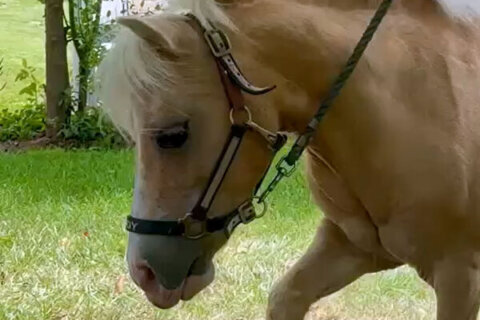There’s good and bad news when it comes to this year’s rash of sick and dying birds.
The good news is, in Virginia, fewer birds seem to be dying now. The bad news is: It’s still not known why they were dying in the first place.
Across Virginia, D.C. and Maryland, reports of sick and dying birds started coming in late May. The birds were suffering from eye issues, such as swelling and discharge, and were having neurological problems.
Common birds that were getting sick included blue jays, European starlings, American robins and grackles.
The height of the deaths were in late May and early June.
In Virginia, the areas being most impacted were the north and northwestern parts of the state to include the cities of Alexandria, Falls Church and Winchester, and the counties of Arlington, Clarke, Fairfax, Fauquier, Frederick, Loudoun, Manassas, Prince William, Shenandoah and Warren.
Since then, the Virginia Department of Wildlife Resources said the number of cases reported online has dropped by 50%.
The Animal Rescue League of Arlington also has seen a substantial drop in reported cases from 17 per day in early June to 1.5 per day now.
Testing is underway at several laboratories across the region to try to discover the cause of the bird deaths. Various avenues being considered include toxicology (herbicides, pesticides, etc.), viral, bacterial and parasitology.
At this time, no definitive cause has been found.
Since birds feeding together at bird feeders and birdbaths could potentially spread the disease to one another, wildlife officials are asking those in the affected areas not to feed birds for now.
Additionally, if you have a bird bath in your yard, it should be disinfected with a 10% bleach solution, rinsed with water, and allowed to air dry.
If you find a sick or dead bird in Virginia, you are asked to report it on the Department of Wildlife Resources website.
To dispose of dead birds, place the bird in a plastic bag, seal and discard with household trash or alternatively bury them at a depth of at least 3 feet.







